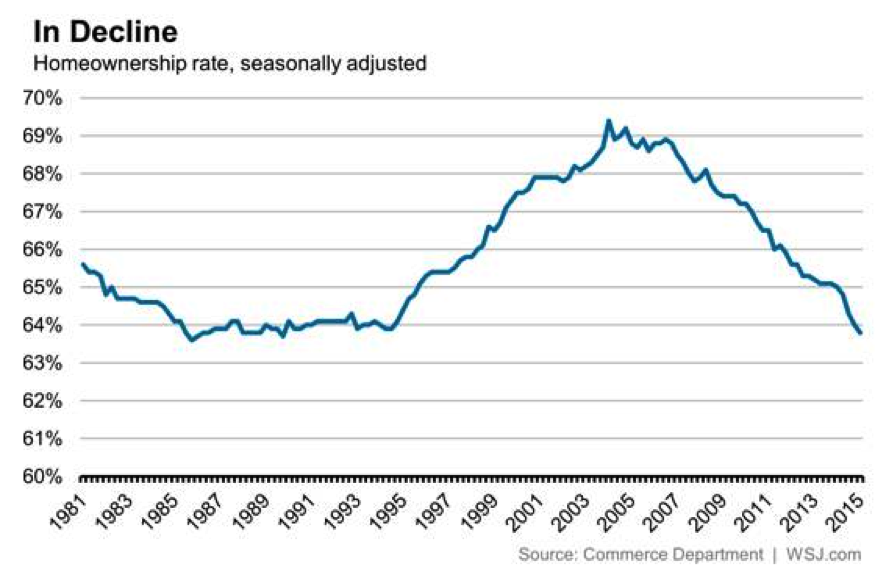New Hampshire does not require employers give paid sick leave to their employees, and that can lead to some complicated situations as we enter flu season. The flu can pose an inconvenience for any employer by impacting employee availability and productivity, but it also poses a challenge from a legal perspective as employers sort through how to manage absences and flu shots.
Certainly many employers provide their employees with paid sick time voluntarily. This practice is good business for several reasons which go beyond philanthropy. With the lowest employment rates in the country, New Hampshire employers have to remain competitive to attract and keep the best employees, and fair and even generous benefit packages are part of this effort. The other reason, of course, is that employers who might not want to offer paid sick leave as a cost savings measure may find they have made a penny wise, pound foolish decision. The fact is, employers are more likely to lose money when they scrimp on sick leave by encouraging sick employees who can’t afford to lose a day’s pay to come into work, spreading their germs for all to share. Many would argue the small cost of a well-managed paid sick leave policy more than pays for itself in greater employee satisfaction and less disruption to productivity.
As an added measure to reducing the impact of flu season, some employers also offer flu shots to employees. Still other employers go so far as to make vaccinations mandatory. While mandatory vaccination policies are generally viewed as lawful, there must be exceptions available. Specifically, employees may seek to opt out of vaccinations on the basis of religious beliefs and the protections offered under Title VII of the Civil Rights Act. Employees may also opt out if they have a qualifying medical issue that would be exacerbated by the flu shot. If your employer requires flu shots and you’d rather not participate, ask if there is an ability to opt out.
For employees who need more than just a few days off from work, there may be other benefits or protections available to supplement sick leave. Extended illness or injury that is considered serious of disabling may qualify an employee for disability insurance payments and or job protection under the Family Medical Leave Act or the state or federal laws on discrimination. Employees who have been employed one year, have worked 1250 hours, and work for an employer at a location with more than 50 employees within 75-mile radius, are eligible for up to twelve (12) weeks of unpaid leave under the FMLA. The ADA and NH’s Disability Protection Statute RSA 354-A may offer right to accommodations or protection from unfair treatment related to your disability.
Finally, employees who become ill or are injured in and during the course of work may be eligible for workers’ compensation, which offers not only payment for lost wages and medical bills, but compensation for permanent injuries and job protection in the form of alternative work and right to reinstatement.












